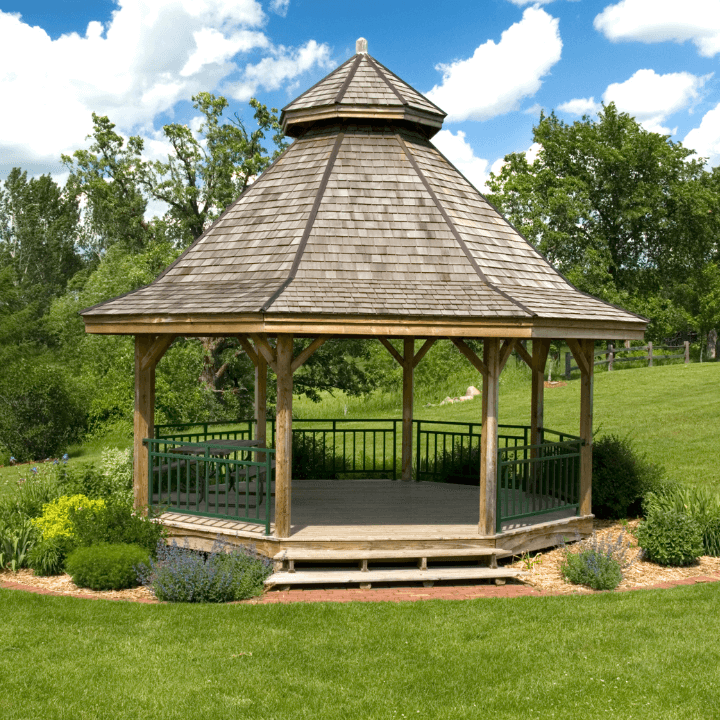
Church pews hold a special place in religious settings, providing a space for worshipers to gather, reflect, and participate in communal ceremonies. While these humble wooden benches may seem ordinary, the process of creating them involves a meticulous blend of artistry and craftsmanship. In this article, we will delve into the world of church pew construction, exploring the historical significance, materials used, woodworking techniques, upholstery, installation, and maintenance.
Historical Background of Church Pews
Seating arrangements in religious spaces have evolved throughout history. Initially, simple wooden benches served the purpose of accommodating congregants. However, as religious institutions gained prominence, pews emerged as a symbol of status and reverence. Elaborately crafted pews became a testament to the importance and grandeur of the church.
Materials Used in Making Church Pews
The construction of church pews begins with the selection of suitable materials. Commonly used wood species include oak, maple, and cherry, known for their durability and aesthetic appeal. The choice of wood takes into account factors such as grain pattern, strength, and resistance to wear. Additionally, upholstery materials and padding are carefully selected to ensure comfort and longevity.
Design and Planning Stage
Crafting a church pew involves a collaborative effort between church representatives and skilled craftsmen. Customization options allow for tailoring the pews to fit specific dimensions, styles, and finishes. Ergonomic considerations play a crucial role in ensuring congregants can comfortably sit and participate in services without distraction.
Woodworking Process
The woodworking process begins with the preparation of raw materials. Lumber is carefully selected, cut, and dried to remove excess moisture. Skilled craftsmen employ traditional joinery techniques to construct the pew frame, ensuring strength and stability. Carving and decorative elements are incorporated, adding an artistic touch to the pews. Finally, the pews undergo sanding, staining, and varnishing, giving them a polished appearance.
Upholstery and Padding
The selection of upholstery materials is an important step in the construction of church pews. Fabric or leather is chosen for its durability, aesthetics, and ease of maintenance. Padding materials are carefully considered to provide optimal comfort while maintaining shape and resilience. Skilled upholsterers meticulously apply the chosen materials, ensuring a seamless and professional finish.
Installation and Maintenance
Once the pews are completed, they are delivered and assembled in the worship space. Proper installation techniques guarantee stability and safety for congregants. To maintain the pews’ longevity, regular cleaning, repairs, and refinishing are necessary. With proper care, well-crafted church pews can last for generations, preserving their beauty and functionality.
Modern Innovations and Trends
In recent years, church pews have seen modern innovations and adaptations. Integration of technology, such as built-in screens and sound systems, enhances the worship experience. Sustainability and eco-friendly approaches are becoming more prevalent, with churches opting for responsibly sourced materials and energy-efficient designs. Contemporary styles and designs cater to evolving aesthetics and preferences, ensuring that church pews remain relevant in modern worship spaces.
Conclusion
Church pews embody the rich history, craftsmanship, and reverence associated with religious spaces. From the careful selection of materials to the meticulous woodworking techniques, upholstery, and installation, the creation of these iconic seating arrangements is a labor of love. By appreciating the artistry and skill behind church pews, we gain a deeper understanding of their significance in facilitating worship and fostering a sense of community within religious institutions.








